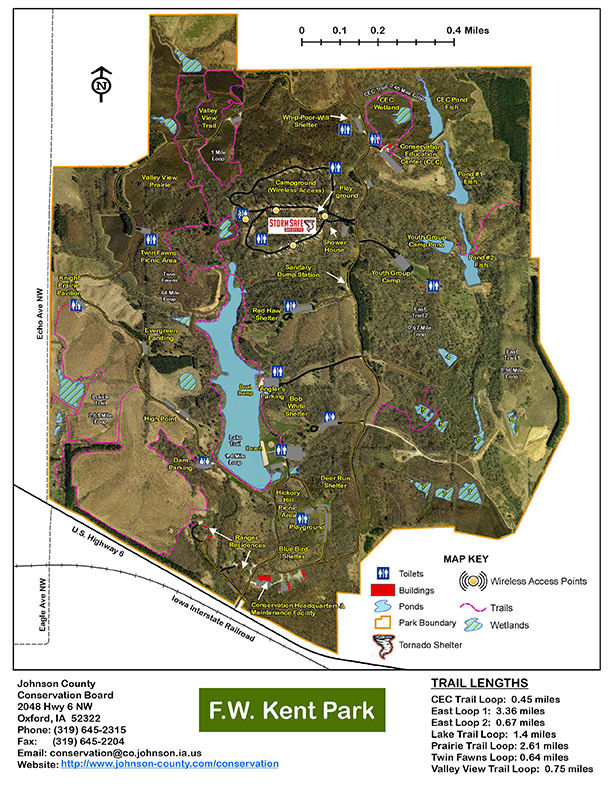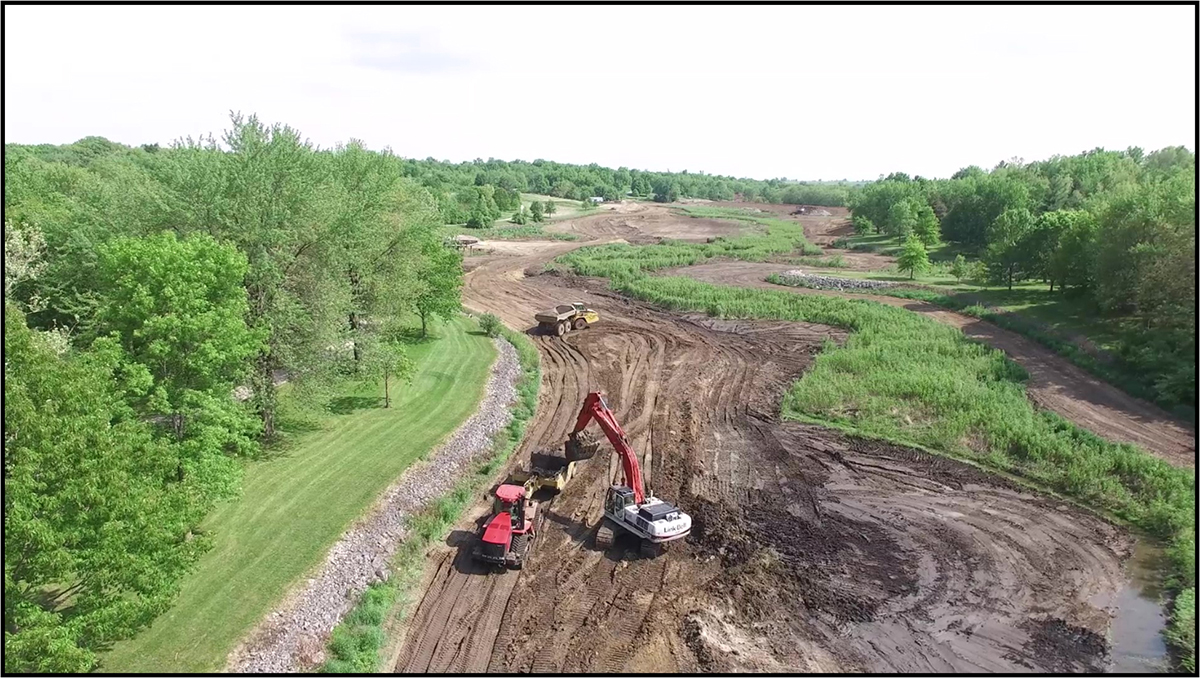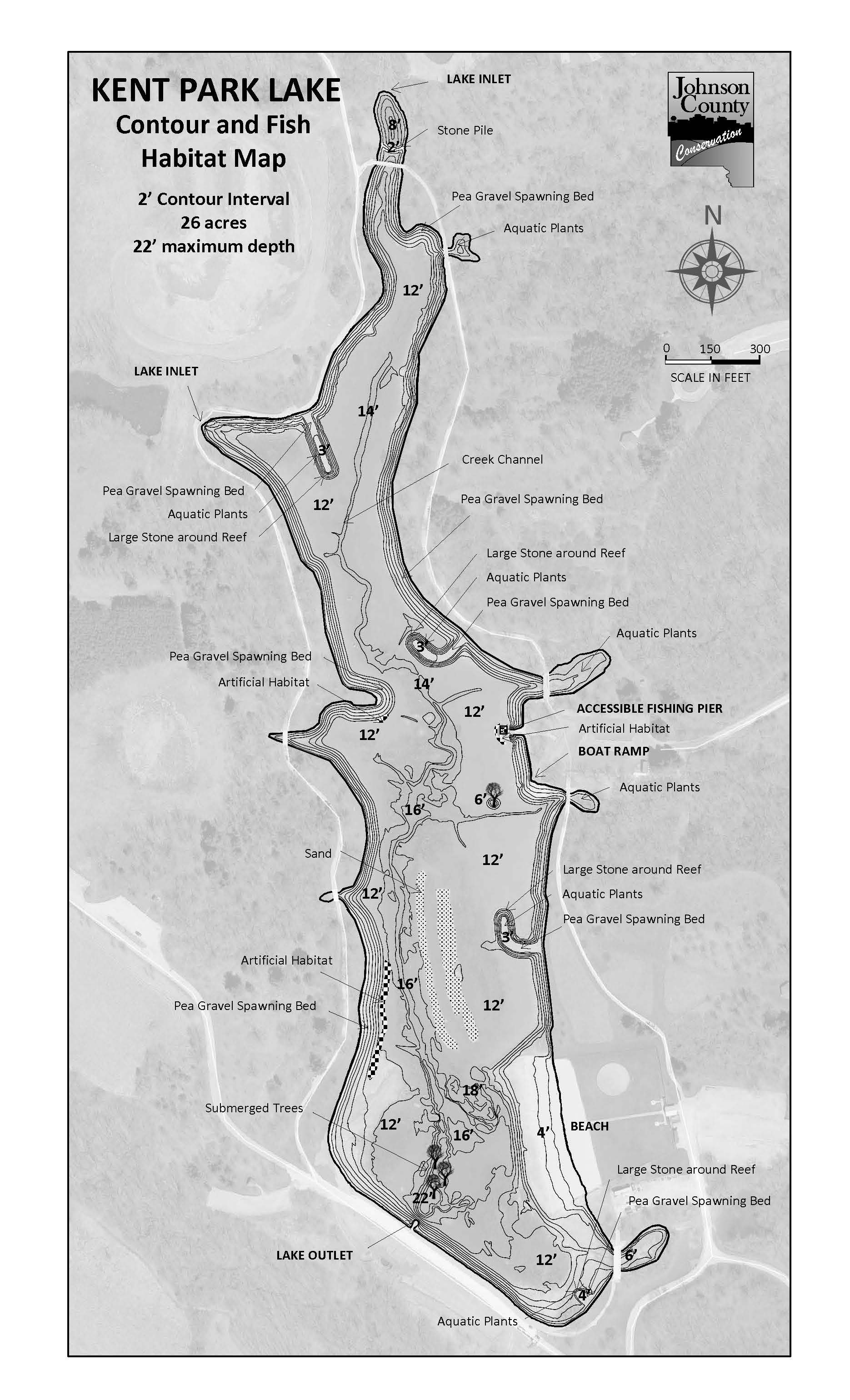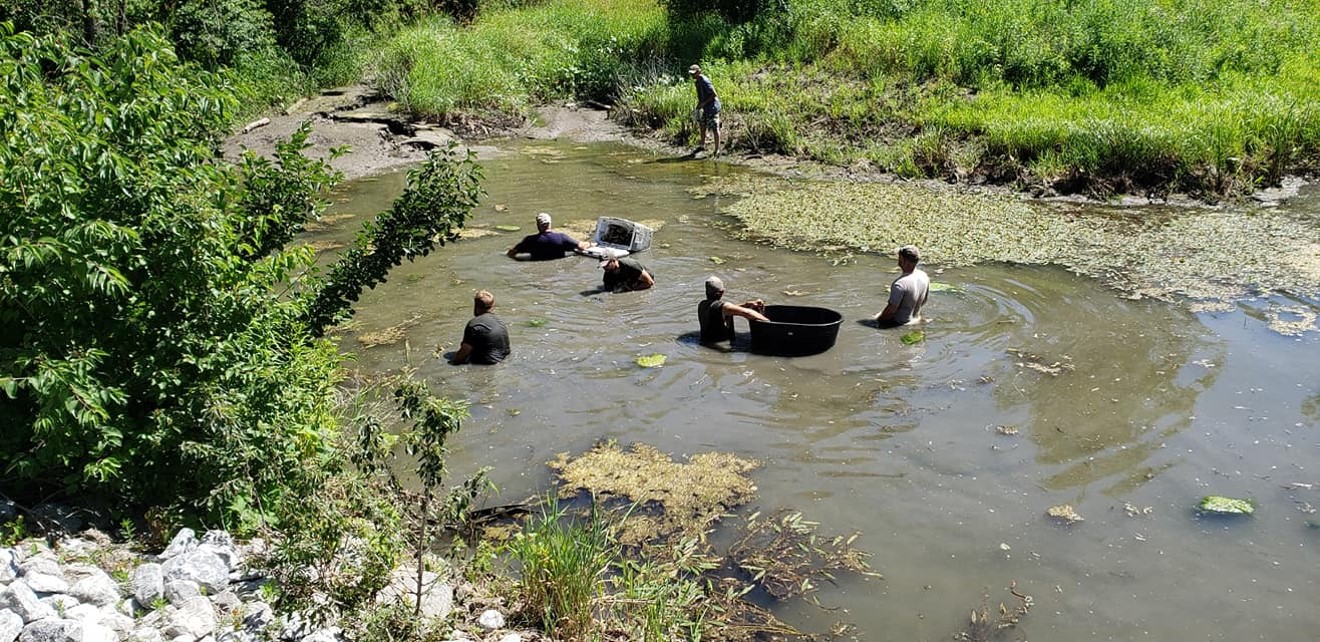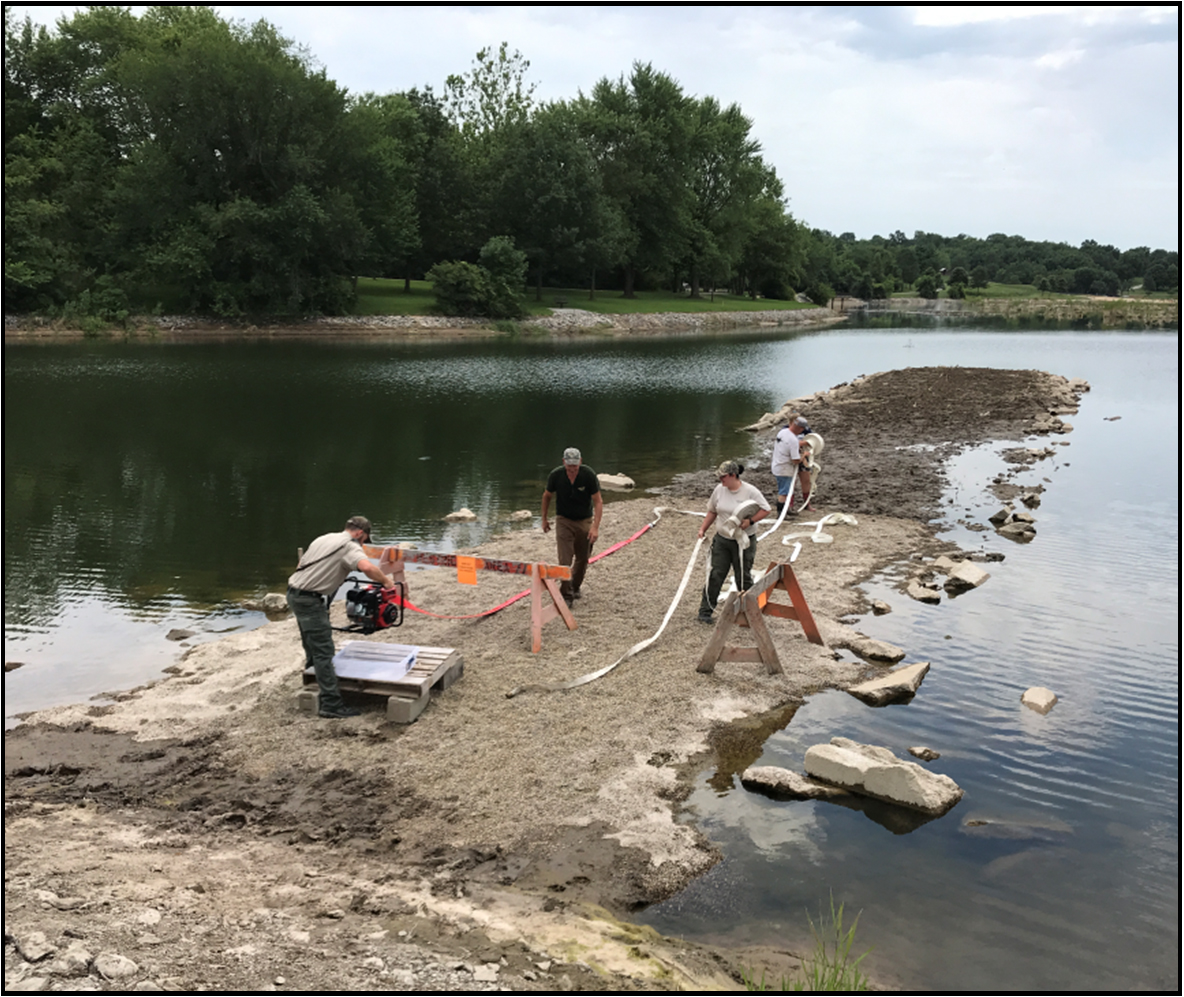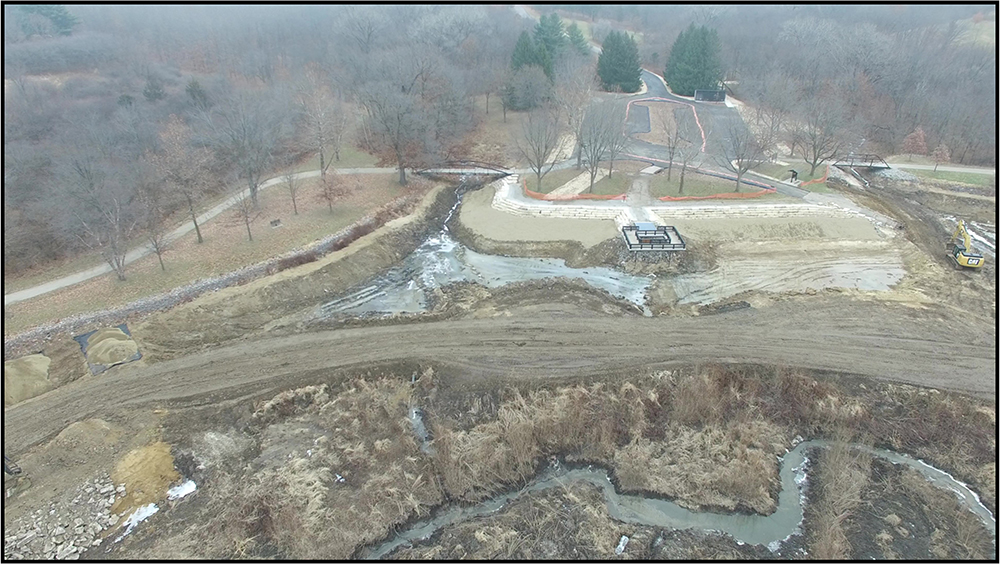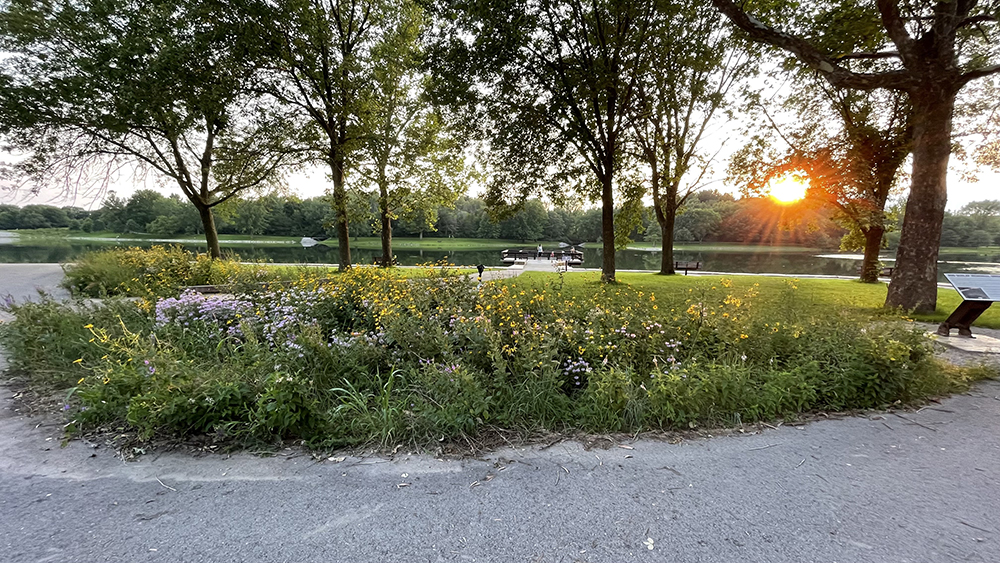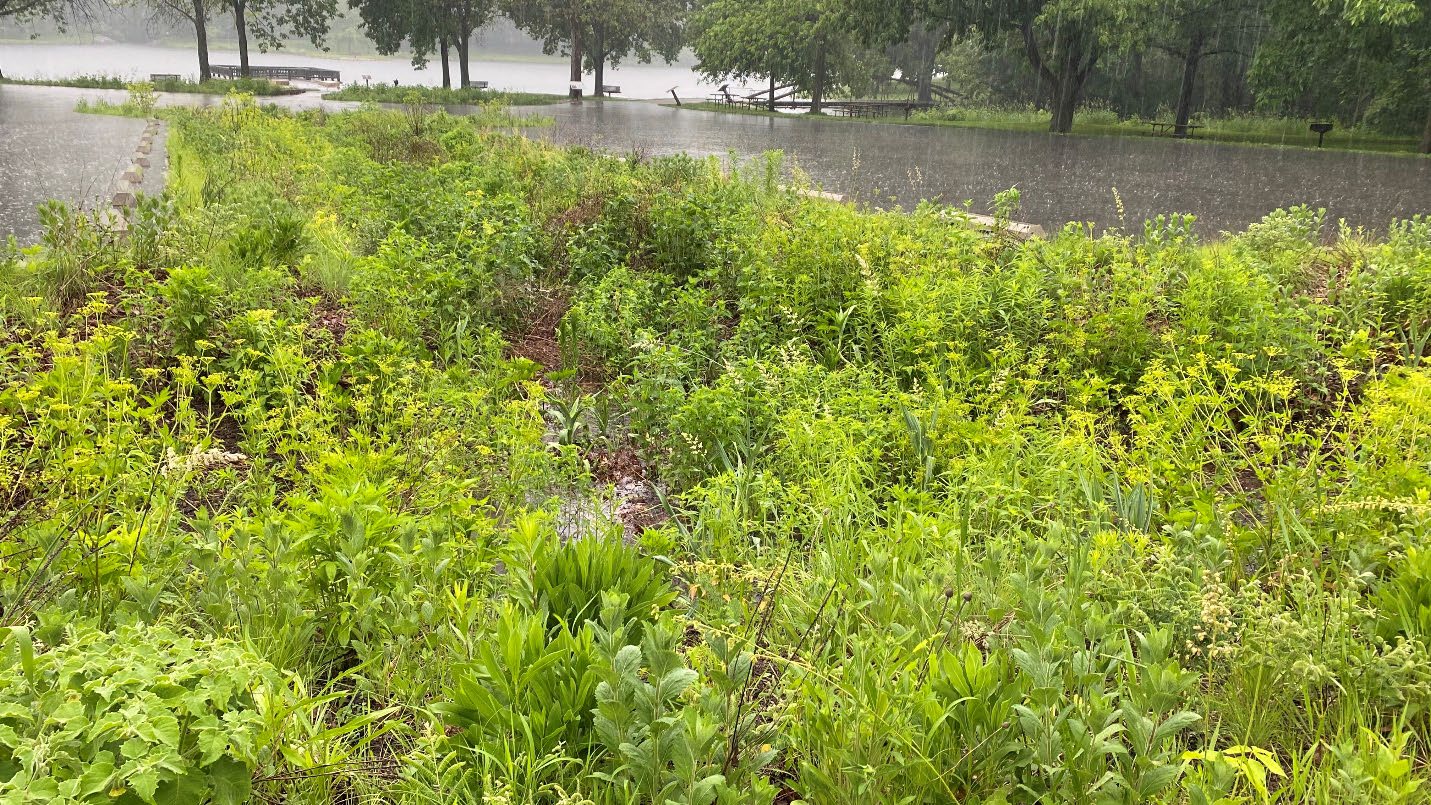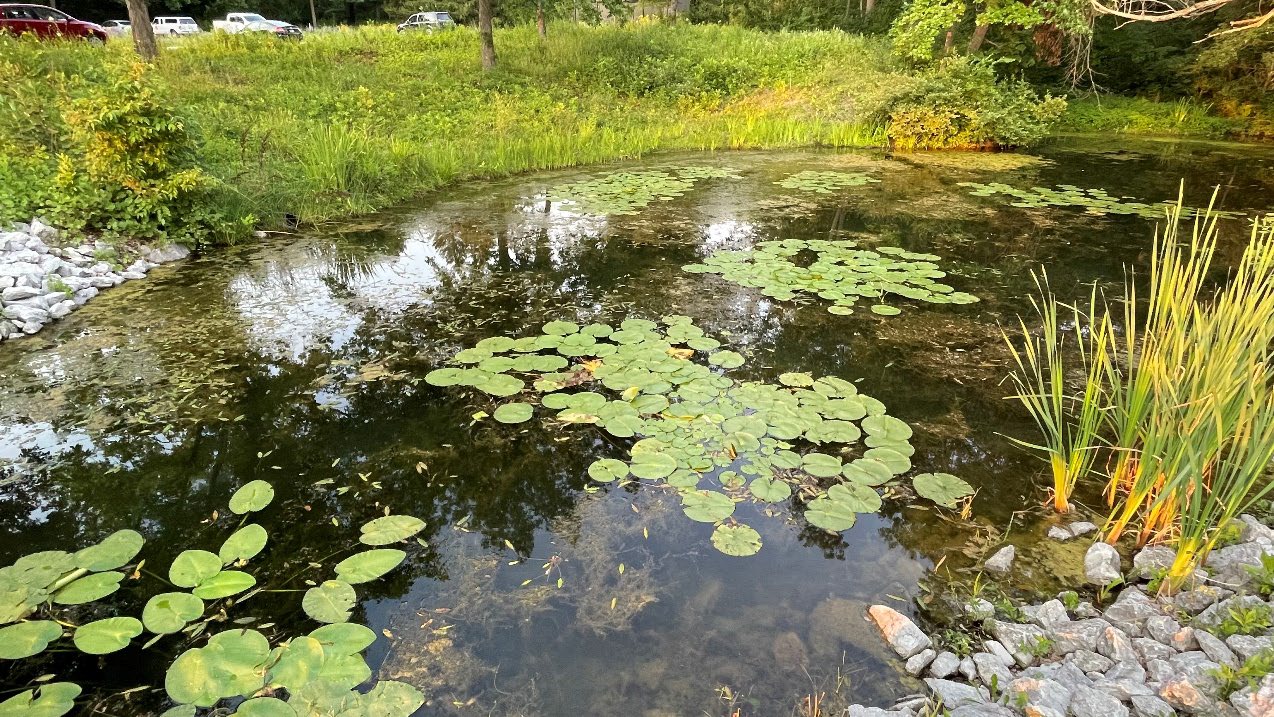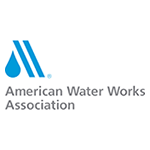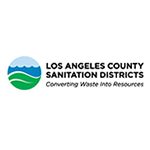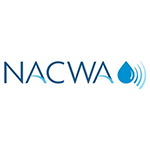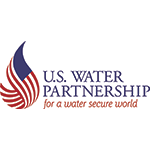- Home
- Contact Us
- News & Events
- Awards
- AAEES Awards Criteria
- 40 Under 40 Recognition Program
- Edward J.Cleary Award
- Excellence in Environmental Engineering and Science Education
- Gordon Maskew Fair Award
- Honorary Member
- International Honorary Member
- Ralph and Joe Bales Graber Science Award
- Stanley E. Kappe Award
- Environmental Communications Awards Competition
- Excellence in Environmental Engineering and Science Competition
- The AAEES Chapter Blue Marble Award
- Resources
- AAEES Microcredentials
- AAEES Press Releases
- AAEES Website How To VIdeos
- Environmental Engineer and Scientist
- Environmental Engineering Body of Knowledge
- PFAS Resources
- Specialty Examination Guide
- Students and Young Professionals Resources
- Who's Who in Environmental Engineering & Science®
- Leadership Opportunities
- Membership
- Donate
- Jobs
2022 Excellence in Environmental Engineering and Science® Awards Competition Winner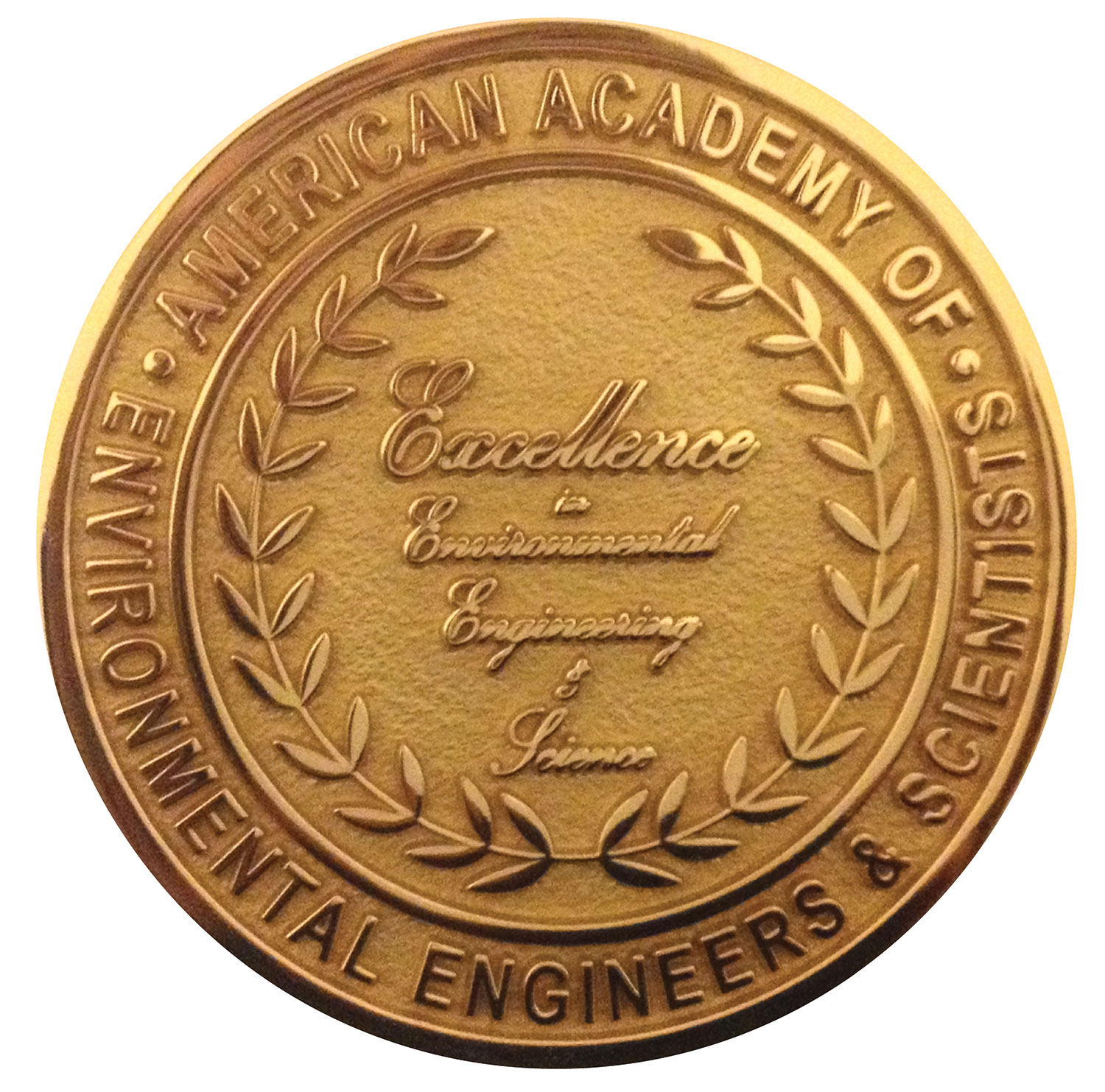
Honor Award - Small ProjectsKent Park Watershed and Lake RestorationEntrant: Stanley Consultants Entrant Profile Kent Park’s 27-acre lake had become highly degraded due to an influx of sediment, nutrients and bacteria from its 687-acre watershed. Stanley Consultants, a consulting engineering firm, was hired to assess the data, provide engineering services and design best management practice to address issues with the lake. The entire park is a highly sensitive environmental area with relic prairie, threatened and endangered species and highly erodible hillsides. Considerable coordination and communication were necessary to minimize disturbance of these features during construction. Stanley Consultants provided engineering, planning and construction inspection services for the two-phase project. Phase I included services required to construct six new catch basins, assess existing conditions and develop a plan for dredging six existing catch basins, contain and stabilize spoil from the dredging operations and engineer bio-cells. Phase II included planning services and engineering documents to dredge Kent Park Lake, assess the existing outlet structure, provide engineering documents for upgrade of outlet structures and develop a plan for containment and stabilization of the removed sediments and design fish habitat features. Prior to the implementation phase of the project, Johnson County Conservation Board partnered with multiple entities to gather information about the condition of the lake, water quality and user experience. These included the Iowa DNR, University of Iowa, Iowa State University, US Geological Survey, National Resources and Conservation Services and others. Project DescriptionComprehensive Integrated ApproachBuilt in 1968, the lake was originally constructed with a focus on recreation rather than water quality. Throughout this project, a comprehensive approach was taken to identify and resolve water quality issues while being careful not to create negative impacts elsewhere. “When you’re talking about the impact this project has on the environment with our construction activities and benefits to the public and the organisms that live in the lake, we want to make sure to get it right,” said Larry Gullett, Director of the Johnson County Conservation Board. Land/Water InteractionRunoff from the park’s 687-acre watershed led to the lake being put the DNR 303d list of Impaired Waters. The vast majority of improvements took place on land, including:
QUALITY by USER SATISFACTION and PROVEN PERFORMANCEThe vision of the Johnson County Conservation Board was to restore Kent Park Lake by improving water quality, aesthetics and user experience. “Overall, the results have exceeded our goals and expectations,” said Gullett. Water Quality: “Kent Park now has the cleanest water in eastern Iowa,” said Gullett. Specific project goals included reducing total phosphorous and sediment loading by 55 percent and reducing E. coli bacteria to achieve IDNR 303d de-listing. Continued water monitoring shows that every water quality goal has been exceeded by a wide margin. Secchi disk readings for water clarity were exceeded by 200-300 percent, with visibility occasionally reaching 15 to 20 feet. Fish are flourishing with anglers reeling in 6-7-pound bass. User Experience: Before the project, the park received approximately 158,000 visitors per year. Post restoration these numbers have soared to nearly 360,000. “People call me and tell me they can’t believe how nice the park is now,” said Gullett. Aesthetics: The before and after pictures convey the success of this showcase project. Removing over 100,000 cubic yards of silt and targeted shoreline protection features transformed the lake. Its once “impaired” waters are now clean, clear and deep. The enhanced shoreline and rebuilt boat ramp beckons swimmers and anglers alike. The backside of the steep dam was lessened, allowing invasive plant species to be replaced with prairie grass and native wildlflowers. An extensive ADA compliant walkway provides easy access to the accessible fishing pier, unique spillway viewing platform, boat ramp and restrooms. ORIGINALTY and INNOVATIONBio-cell Parking Lot: The park’s steep asphalt parking lot, inverted to slope in the middle, captures stormwater runoff and directs it to a multi-cell bioretention cell. Shaped like a dog-bone, the foundation of the bio-cell is composed of amended soils that filter runoff prior to release into the lake. The Iowa Department of Agriculture and Land Stewardship requested that the bio-cell be constructed exactly as specified in its new stormwater design manual so it could serve as a model for the state. Channel Erosion Control Structure: Runoff from steep campground slopes is captured by several dry stormwater basins equipped with a filtered inlet pipe on the uphill side. A perforated riser is positioned inside a large, gravel-filled wire cage. As water runs down the slope it is slowed by the structure and filtered by the gravel before seeping into the lake. Submerged Aquatic Plantings: After the lake was filled, the level was lowered three feet and 19,000 submerged aquatic plants were hand planted on the fishing reefs and in the catch basins. This highly unusual planting method was tremendously successful with the flourishing plants providing excellent fish habitat and nutrient recycling. Morning Glory Spillway and Viewing Platform: One of several unusual park features is the original morning glory (inverted bell shaped) spillway designed by renowned Iowa engineer Ned Ashton. The outlet structure is listed on the State Historic Preservation Offices (SHPO) historic registry. A new cantilevered viewing platform provides visitors a great view of the outlet and lake. COMPLEXITYDrought – then Rain: A drought began after the root cuttings were planted. For the next three months staff worked around the clock to keep the plants hydrated until rain refilled the lake. Comprehending the Root Cause: The lake had been highly degraded due to an influx of sediment, nutrients, and bacteria from within its 687-acre watershed. The four-year restoration process began after three years of research to determine the origin of the problems. Numerous sediment and soil core samples were collected, and extensive water testing was performed. Sensitive Environment: The park is located in a highly sensitive environmental area with relic prairie, threatened and endangered species, planted woodlands and steep and highly erodible hillsides. These features, many adjacent to work areas, required careful planning, phasing and considerable coordination and communication to minimize impact during construction and restoration. SOCIAL and ECONOMIC ADVANCEMENTThe 1,100-acre park is one of Iowa’s larger and more developed county-run parks, attracting nearly 360,000 visitors annually. It features 86campsites, an active education center; 20 miles of trails; a lodge reserved for youth groups; six shelters; two playgrounds and paved roads throughout. Pre-restoration the number of annual visitors averaged just 157,000. Post-restoration those numbers have soared to nearly 360,000. Camping fees generate roughly $221,000 annually which supplements the conservation program. The annual impact of Kent Park on the local economy is conservatively estimated at $18 million. Half of the $3.5 million restoration was funded by the Iowa DNR Lake Restoration Program. The other half was funded by Johnson County, through a 2008 conservation bond approved for protection of bio-sensitive sites and improving water. This was the first bond of its kind in the state. Click images to enlarge in separate window. Click here to return to the list of 2022 winners. |

